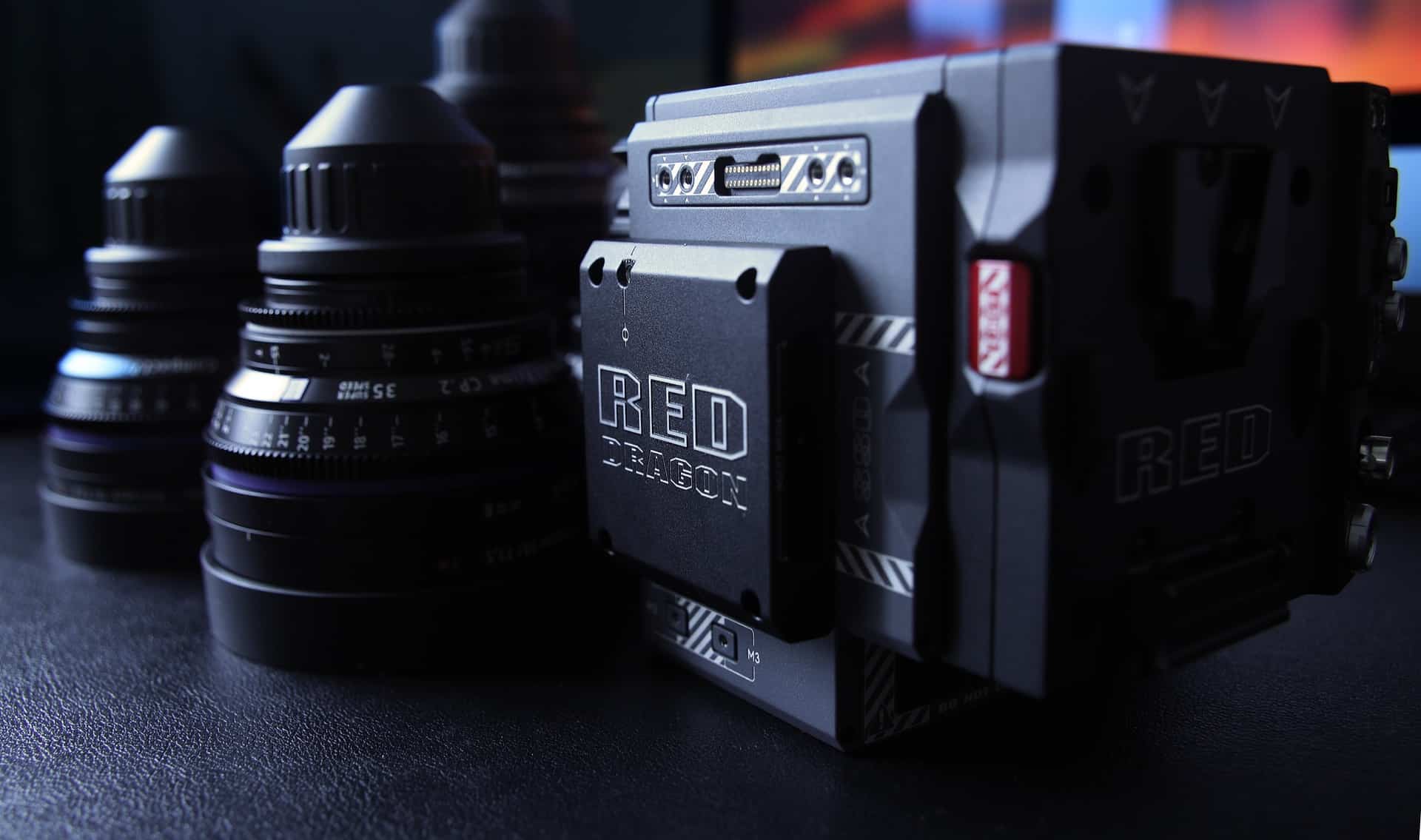The Director: The Creative Mind Behind the Film
The director is one of the most important actors in film production. As the creative mind behind the film, it’s their job to bring the film’s vision to life and oversee the overall concept. The director works closely with other members of the production team, such as the screenwriter and the cinematographer, to ensure that the desired atmosphere and mood of the film are achieved.
The director also bears the responsibility for the actors’ performances. They guide them during filming, give them instructions, and ensure that their portrayals of the characters meet the film’s requirements. Additionally, the director also makes important creative decisions, such as selecting the film’s music and editing the film in post-production.
The Producer: Responsible for the Financial Aspects
The producer is another key figure in film production. Unlike the director, who focuses on the creative side, the producer is responsible for the financial aspects of the film. They bear the primary burden of sourcing and managing the budget for the entire production process.
The producer works closely with the director and other members of the production team to ensure that the budget is used efficiently. They negotiate contracts with actors, crew members, and other stakeholders, and monitor expenses throughout the production process.
Additionally, the producer is also responsible for finding the necessary funding sources, whether through investors, film studios, or government grants. They play a crucial role in securing distribution deals to ensure that the film reaches its audience and potentially generates profits.
The Screenwriter: Writes the Script for the Film
The screenwriter is another important actor in film production. They are responsible for writing the script that serves as the foundation for the entire film. The screenwriter must have a talent for storytelling and be able to develop the plot, characters, and dialogues in an engaging and captivating manner.
The screenwriter works closely with the director and the producer to ensure that the script meets the film’s requirements. Together, they bring the film’s vision to life and express the ideas and emotions they want to convey to the audience.
Additionally, during the production process, the screenwriter can also act as a consultant and make changes to the script to meet the requirements of the actors, director, or other members of the production team.
Overall, the screenwriter is crucial to the success of a film as they are responsible for the proper flow of the story and the development of the characters.

The Actors: Bring the Characters to Life
Actors are one of the most important components of film production as they bring the characters to life. They must not only have acting talent but also establish a deep connection with their roles.
Actors play a crucial role in interpreting the script and conveying the emotions and nuances required to make the film’s plot believable. They must be able to portray the motivations, personality, and development of their characters on screen.
During the production process, actors work closely with the director and other team members to realize the film’s vision and achieve the best performances.
Actors are the ones who immerse us in the world of the film and touch us with their performances. They are an indispensable component of film production and significantly contribute to the success of a film.
Production Design: Designing the Visual Aesthetics of the Film
Production design plays a crucial role in designing the visual aesthetics of a film. It includes set design, costumes, lighting design, and all other visual elements that contribute to creating the atmosphere and mood of the film.
Set design involves building sets that represent the film’s setting. It is the production designer’s job to create an environment that matches the background of the story and supports the plot. From realistic reproductions to fantastic worlds, good set design can immerse the audience in the world of the film.
Costumes are another important aspect of production design. They help visually define the characters and illustrate their personalities. By choosing the clothing, actors can immerse themselves in their roles and show the audience who their characters are.
Lighting design creates the right atmosphere and mood in each scene. By using different colors, shades, and intensities, it can enhance the emotionality and tension of the film.
In collaboration with the director and other professionals, production design plays a crucial role in creating the visual aesthetics of a film. It significantly contributes to immersing the viewer in the story and building an emotional connection to the characters and plot.
Film production
The Cinematographer: Capturing Images on Film or Digital Media
The cinematographer is one of the main actors in film production and is responsible for capturing images on film or digital media. Their work includes selecting and using the right camera equipment, setting up camera settings, and conducting the actual shooting.
The cinematographer works closely with the director and the production designer to achieve the desired visual appearance of the film. They must choose the right camera angles and movements to capture the mood and atmosphere of each scene.
In addition to capturing the images, the cinematographer is also responsible for using light and color. By using various lighting techniques and filters, they can improve the visual aesthetics of the film and achieve the desired look.
The cinematographer’s work requires technical knowledge, creative skills, and the ability to work under pressure. Their ability to understand the visual language of the film and communicate it effectively makes them an indispensable member of the production team.
The Sound Technician: Ensuring High-Quality Sound
The sound technician is another important actor in film production whose job is to ensure high-quality sound. They work closely with the director and the sound mixer to achieve the desired sound and atmosphere of the film.
The sound technician is responsible for selecting and placing microphones to record the actors’ dialogues clearly and comprehensively. They use various recording devices and techniques to capture background noises and sound effects that bring the film to life.
In addition, the sound technician is also responsible for post-processing the sound. They use special software to enhance the sound, correct any noise disturbances, and provide the film with a balanced and realistic sound.
The sound technician’s work requires technical know-how, a good ear, and the ability to handle various audio tools. Their expertise is crucial to ensuring that the film is visually and acoustically impressive.
The Lighting Technician: Bringing Scenes to Life
The lighting technician is another key actor in film production who is responsible for designing the lighting on set. Their job is to bring scenes to life and create the desired mood through light and shadow.
In close collaboration with the cinematographer and the director, the lighting technician develops concepts for lighting to achieve the desired visual appearance of the film. They choose the appropriate light sources, filters, and colors and position them according to the requirements of the scene.
The lighting technician also works closely with the set designer to ensure that the lighting highlights the set and props optimally. They ensure that the lighting flatters the actors and supports the desired atmosphere of the film.
In addition, the lighting technician is also responsible for setting up and operating the lighting equipment. They are familiar with the various types of light sources, such as spotlights, and know how to use them properly to achieve the desired effects.
The lighting technician’s work requires creative thinking, technical understanding of light and shadow, and the ability to work under pressure. Their expertise is crucial to ensuring that the scenes in the film are optimally lit and achieve the desired visual effect.
Film Music: Underscoring the Film with Suitable Music
Film music is another crucial component of film production. It plays an important role in giving the film the right emotional intensity and involving the audience in the plot. The musical underscore can captivate the audience, create tension, or enhance the action.
Similar to the lighting technician, the composer of the film music works closely with the director to capture the desired moods and emotions in the film. They discuss the vision for the film and develop concepts together to match the music to the action.
The composer selects the appropriate musical instruments, melodies, and rhythms to underscore the atmosphere of the film. The composition is then synchronized with the scenes and actions to achieve the desired effect.
Film music is important both during filming and in post-production. It can help actors find the right mood for their performance and give the film the finishing touch.
Post-production: Editing and Compiling the Finished Film
After filming is completed, the post-production phase begins, in which the finished film is edited and compiled. This process includes cutting scenes, adding visual effects, coloring the images, and sound post-production, to name a few tasks.
Film editing is one of the most important aspects of post-production. Here, the recorded scenes are selected, edited, and arranged in a specific order to tell a coherent story. The editor works closely with the director to achieve the desired mood and style of the film.
Visual effects are often used in films to depict unrealistic or impossible actions. Such as explosions, floating objects, or even creating fictional worlds. These effects are added in post-production and often require close collaboration between VFX artists and the rest of the production team.
Color correction and coloring of images is another important step in post-production. Here, the color scheme of the film is adjusted to create a specific atmosphere or mood. This can help improve the visual aesthetics of the film and provide the audience with an emotional experience.
Finally, sound post-production is carried out. Here, the various sound elements of the film such as dialogues, film music, sound effects, etc. are mixed to create a clean and balanced sound track. Sound post-production is crucial to making the film appealing to the audience and achieving the desired acoustic effects.








